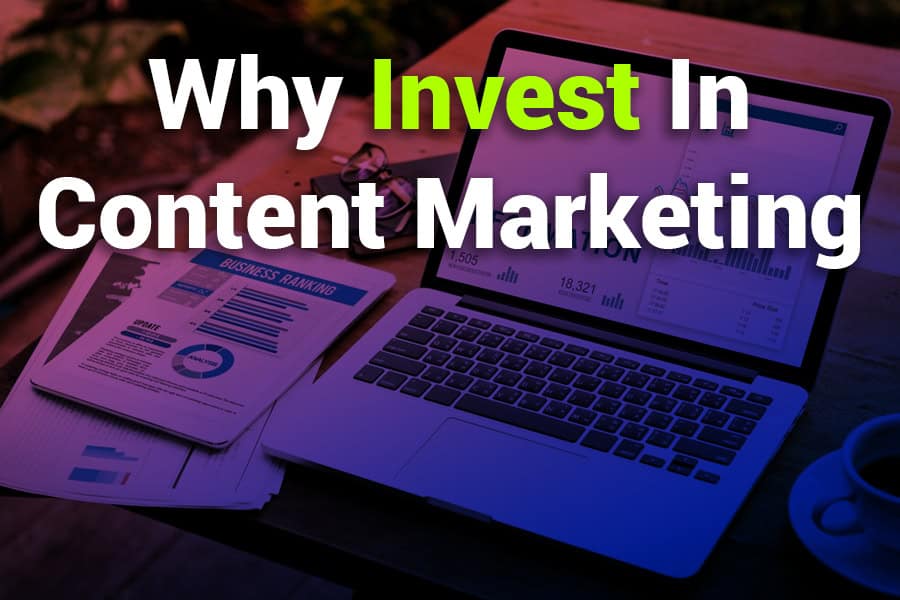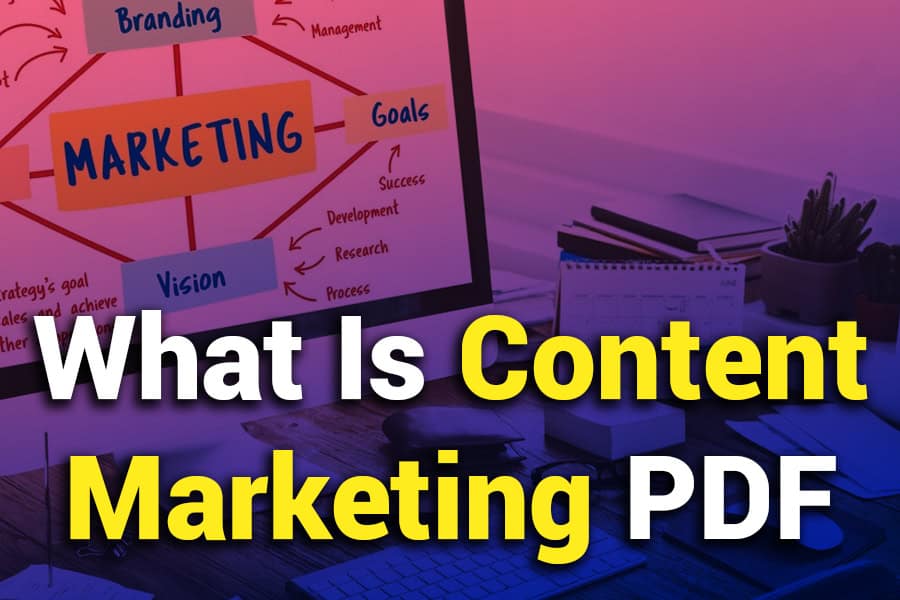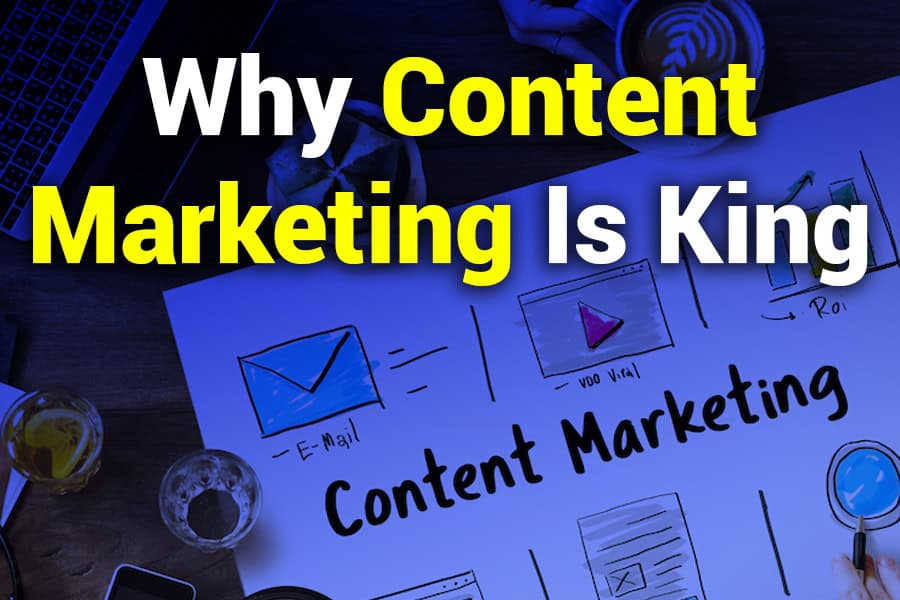
Understanding what type of content to share for solar email marketing is essential for engaging potential customers and driving conversions. Email marketing is a powerful tool for solar companies, allowing them to educate their audience, showcase benefits, and build lasting relationships. However, success depends on the right content strategy. Without compelling and informative content, emails risk being ignored or marked as spam.
Solar email marketing should include a mix of educational resources, promotional offers, testimonials, and industry updates to keep subscribers engaged. The goal is to nurture leads, increase brand credibility, and encourage customer action. In this guide, we will explore the best content types, strategies, and formats to help you optimize your solar email campaigns for maximum effectiveness.
What Type of Content to Share for Solar Email Marketing?
The best content for solar email marketing includes educational materials, customer testimonials, promotions, and industry updates. Informative newsletters, case studies, and solar savings calculators engage subscribers and encourage conversions. Including personalized messages, strong calls-to-action, and interactive content enhances engagement and builds trust with potential customers.
Why Content Matters in Solar Email Marketing
Email marketing success hinges on providing valuable and relevant content that educates and engages recipients. For solar companies, this means delivering informative content that highlights the benefits of solar energy, recent industry advancements, and cost-saving opportunities. By crafting compelling and well-researched emails, businesses can increase open rates and click-through rates, ultimately driving more traffic to their websites and improving overall conversion rates.
Many potential customers remain uncertain about investing in solar energy due to prevalent misconceptions or a lack of understanding. Addressing these concerns through educational content can significantly influence decision-making. Providing clear, factual information about solar panel efficiency, financial incentives, and long-term savings helps potential buyers gain confidence in making the switch to solar. By breaking down complex technical aspects into easily digestible insights, solar companies can establish credibility and position themselves as reliable sources of industry expertise.
Personalization plays a crucial role in making email marketing efforts more effective. Sending tailored messages based on customer preferences, behaviors, and interests enhances engagement and fosters stronger connections. Segmenting email lists based on factors such as energy consumption, geographic location, or previous interactions allows businesses to deliver more targeted and meaningful content. Whether it’s an introductory email for new subscribers, an informative guide for those considering solar options, or a special discount for returning customers, personalized email campaigns make recipients feel valued and understood.
In addition, incorporating storytelling and customer testimonials into solar email marketing can further enhance audience trust. Real-life case studies and success stories showcase how solar energy has positively impacted other customers, making the transition more relatable and appealing. These firsthand experiences provide social proof, reinforcing the credibility of the brand and increasing the likelihood of conversions.
What Are the Best Types of Content for Solar Email Marketing?
- Educational Content: Educating potential customers about solar energy is essential for increasing awareness and trust. Informative content that explains how solar panels work, the installation process, and the financial incentives available can help dispel misconceptions and encourage informed decision-making. By providing well-researched articles, FAQs, and step-by-step guides, solar companies can position themselves as industry leaders and reliable sources of information.
- Promotional Offers: Discounts and limited-time promotions are effective in driving conversions. Special financing options, seasonal discounts, and referral bonuses can incentivize potential customers to take action. Highlighting exclusive deals in email campaigns ensures that subscribers stay informed about available cost-saving opportunities. Additionally, time-sensitive offers can create a sense of urgency, encouraging recipients to act quickly.
- Customer Testimonials & Case Studies: Social proof plays a significant role in consumer decision-making. Featuring real-life customer testimonials and case studies in email campaigns builds credibility and fosters trust. Sharing success stories of homeowners or businesses that have benefited from solar installations can help potential customers relate to the experience and see tangible advantages. Including before-and-after energy cost comparisons or video testimonials further enhances authenticity and impact.
- Solar Industry Updates: Keeping subscribers informed about the latest trends and advancements in the solar industry helps maintain engagement. Policy changes, new technologies, and government incentives can significantly impact customers’ decisions. Regularly sharing updates on renewable energy regulations, innovations in solar efficiency, and upcoming sustainability initiatives ensures that your audience remains well-informed and up-to-date with industry developments.
- Interactive Content: Engagement is key to a successful email marketing strategy, and interactive content enhances user participation. Tools like solar savings calculators, quizzes to determine energy needs, and surveys about customer preferences make emails more engaging and informative. Interactive elements encourage potential customers to explore personalized solar solutions and provide valuable insights into their interests and readiness to invest in solar energy.
How to Optimize Solar Email Content for Maximum Engagement?
- Personalization: Customizing emails based on customer interests and behaviors significantly improves open rates and engagement. By analyzing past interactions, solar companies can send targeted content that resonates with recipients. Whether it’s addressing customers by name, providing location-specific incentives, or recommending products based on their preferences, personalized emails create a more meaningful connection and encourage higher response rates.
- Compelling Subject Lines: The subject line is the first impression of an email, and a strong, engaging headline can make a significant difference in open rates. Clear, benefit-driven subject lines pique curiosity and entice subscribers to open the email. Including action words, personalization, or urgency-driven phrases can boost engagement. Testing different subject lines through A/B testing helps determine which ones resonate best with the audience.
- Mobile-Friendly Design: With most users accessing emails on mobile devices, ensuring that email campaigns are mobile-optimized is crucial. A responsive design ensures that emails display correctly on all screen sizes, improving readability and user experience. Simple layouts, concise content, and easily clickable buttons enhance navigation and encourage recipients to engage with the content without frustration.
- Strong Call-to-Action (CTA): A well-placed and clearly defined CTA encourages subscribers to take action, whether it’s scheduling a consultation, downloading a solar guide, or requesting a quote. Effective CTAs use action-oriented language and are strategically positioned within the email to drive conversions. Making CTAs stand out with contrasting colors and bold text ensures that recipients notice and act upon them.
- Consistent Email Frequency: Maintaining a balanced email frequency is essential for keeping subscribers engaged without overwhelming them. Regularly sending valuable content, such as industry updates, promotions, and educational resources, keeps solar companies top-of-mind for potential customers. However, excessive emails can lead to high unsubscribe rates, so it’s important to test and adjust the frequency based on engagement metrics.
How Often Should You Send Solar Email Marketing Campaigns?
Determining the optimal frequency for email campaigns is essential to maintaining audience engagement without overwhelming subscribers. Sending too many emails can lead to frustration, increased unsubscribe rates, and diminished effectiveness. On the other hand, sending emails too infrequently may cause businesses to lose touch with their audience, resulting in missed opportunities for conversions. Striking a balance is key to keeping recipients engaged and receptive to solar-related content.
A well-structured email marketing strategy incorporates a mix of weekly, monthly, and event-driven communications. Weekly educational newsletters provide valuable insights into solar energy, installation processes, and financial incentives, keeping subscribers informed and interested. Monthly promotional emails can highlight special discounts, limited-time offers, or financing options, encouraging potential customers to take action. Additionally, timely updates about solar advancements, industry regulations, or policy changes help maintain relevance and showcase the company’s expertise.
Data-driven decision-making plays a crucial role in determining the right email frequency. By monitoring key performance indicators such as open rates, click-through rates, and engagement levels, solar companies can assess the effectiveness of their email strategy. High engagement suggests that subscribers find the content valuable, while declining metrics may indicate the need for adjustments. Regularly analyzing audience behavior enables businesses to refine their approach and optimize communication frequency for better results.
A/B testing is another valuable method for identifying the best email cadence. By experimenting with different schedules and content formats, businesses can gather insights into subscriber preferences. Testing variables such as the day and time of email delivery, content structure, and frequency allows marketers to make informed decisions about what resonates most with their audience. Over time, this iterative process helps refine the email strategy, ensuring maximum engagement and long-term customer retention.
Tools and Strategies for Successful Solar Email Marketing
Email Automation Platforms
Leveraging email automation platforms such as Mailchimp, HubSpot, or Constant Contact can significantly streamline email scheduling and personalization. These tools allow solar companies to automate follow-up sequences, nurture leads, and send targeted messages at the right time. By utilizing automation, businesses can maintain consistent communication without requiring manual effort, ensuring that potential customers remain engaged throughout the sales funnel.
Segmentation Strategies
Dividing your audience into different segments based on demographics, behaviors, and interests is a powerful way to enhance engagement. Personalized email campaigns tailored to specific audience groups yield higher open and click-through rates. For instance, prospective customers who have just started researching solar energy may need educational content, while those further along in the decision-making process might respond better to promotional offers and financing options. Implementing segmentation ensures that each subscriber receives the most relevant information, improving overall campaign effectiveness.
A/B Testing for Better Performance
Optimizing email effectiveness requires continuous testing and refinement. A/B testing, or split testing, allows businesses to experiment with different subject lines, content formats, and call-to-action (CTA) placements to determine what resonates best with their audience. By testing one variable at a time, marketers can collect actionable insights on subscriber preferences and fine-tune their campaigns for improved performance. Regular testing helps identify strategies that drive higher conversions and enhance overall engagement.
Analytics and Reporting
Tracking email performance metrics is crucial for refining content strategies and maximizing engagement. Analyzing key indicators such as open rates, click-through rates, conversion rates, and bounce rates provides valuable insights into what’s working and what needs improvement. By assessing the data, businesses can make informed decisions about content adjustments, email frequency, and segmentation strategies to improve future campaigns. Regular monitoring of performance metrics ensures that solar email marketing remains data-driven and results-oriented.
Compliance with Email Regulations
Ensuring compliance with email marketing regulations such as GDPR and CAN-SPAM is essential for legal and ethical communication. Following these guidelines helps maintain subscriber trust and improves email deliverability rates. Businesses should obtain explicit consent from recipients, provide clear opt-out options, and avoid misleading subject lines or promotional tactics. By adhering to industry regulations, solar companies can maintain a positive brand reputation while ensuring their email campaigns reach the intended audience without being flagged as spam.
Final Thoughts
To achieve success, businesses must know what type of content to share for solar email marketing. A combination of educational material, customer testimonials, promotional offers, and industry updates ensures a well-rounded strategy. Personalization, engaging visuals, and interactive content enhance audience interest and increase conversion rates.
Regular analysis of email performance metrics allows for continuous improvement and adaptation. By leveraging email automation tools, segmentation, and A/B testing, solar companies can build stronger connections with potential customers, ultimately driving more leads and conversions.
FAQ’s
Q. What type of content performs best in solar email marketing?
A. Educational guides, promotions, customer testimonials, and industry updates perform best in solar email campaigns.
Q. How often should I send solar email marketing campaigns?
A. A mix of weekly educational emails, monthly promotions, and timely industry updates ensures consistent engagement.
Q. What tools help optimize solar email marketing?
A. Platforms like Mailchimp, HubSpot, and Constant Contact assist with automation, segmentation, and analytics tracking.
Q. How can I improve email engagement rates?
A. Personalization, compelling subject lines, interactive content, and mobile-friendly designs enhance engagement.
Q. How do I ensure compliance with email marketing regulations?
A. Following GDPR and CAN-SPAM guidelines ensures legal compliance and improves email deliverability.
Jessica Jones
Jessica Jones is a talented writer at J Morgan Marketing, where she excels in creating compelling and engaging content tailored to meet the unique needs of clients. With a keen understanding of digital marketing strategies, Jessica crafts narratives that not only captivate audiences but also drive brand growth. Her expertise spans across various content forms, from blog posts and articles to social media and SEO-driven copy, ensuring that every piece resonates with its intended audience and contributes to the overall marketing goals. Passionate about storytelling and innovation, Jessica is dedicated to helping brands connect with their audience through powerful and effective content.






